Lesson 2: Maximizing the advantages
Agricultural production in general and fruit production in particular in Tien Giang province has made great strides, but reality shows that it still faces many challenges and risks.
Barriers in quality, production and consumption linkages are still fragmented… have been and are internal stories, becoming major challenges in fruit production today.
UNSTABLE OUTPUT
Agricultural product consumption is an eternal story, mentioned over and over again in many forums. Although in recent years, the situation of agricultural product consumption, focusing on fruits, has shifted in a positive direction, agricultural economic thinking has also been more clearly shaped, especially positive signs in the factor of official export for some product groups, but that is still not enough compared to the advantages, potentials, especially the output produced by farmers.
Fruit production still faces many challenges and difficulties. |
In fact, for a long time, there has been no effective remedy for “treating” the output of agricultural products, including fruits. Farmers are still struggling with the story of “good harvest, low price”, “good price, bad harvest”. Of course, the story of “rescuing” agricultural products is still often mentioned as an internal reality of some industry groups.
From a production perspective, farmers seem to have also absorbed the old stories. Mr. Huynh Van Han's family (Quang Khuong Hamlet, Quon Long Commune, Cho Gao District) started growing dragon fruit more than 20 years ago. His family is currently cultivating 7 hectares of red-fleshed dragon fruit, with more than 1,000 trees. At first, Mr. Han grew dragon fruit in the traditional way.
According to the Southern Institute of Water Resources Research, the Mekong Delta is the country’s fruit granary. The entire delta currently has about 400,000 hectares of fruit trees, accounting for nearly 40% of the country’s fruit growing area. In recent years, fruit production in the Mekong Delta has faced major challenges due to the impact of climate change. According to the results of the investigation and research of the Southern Institute of Water Resources, the 2019-2020 dry season caused hundreds of hectares of valuable fruit trees such as durian and rambutan to die due to drought, salinity and lack of fresh water for irrigation. Thousands of hectares of other fruit trees in the entire delta have also been severely affected, with reduced productivity and quality. In the coming time, under the impact of global climate change, weather trends tend to become more extreme and abnormal, the Mekong Delta is facing enormous challenges in terms of water security. According to Master Tran Minh Tuan, Southern Institute of Water Resources Research, flood season flows are fluctuating in a downward trend compared to the past. From 2011 onwards, there would be a medium to large flood every 4-5 years. However, since 2012, small floods have continuously occurred. In the distant future (30 - 50 years from now), the number of years with large floods will be almost negligible and the number of years with small floods and no floods will increase sharply. It is forecasted that by 2030, the 4 g/l salinity boundary will increase by an average of 3.34 km compared to the present. |
However, to meet the increasing demands of the market, he and many surrounding households have gradually switched to production according to VietGAP standards. According to Mr. Han, dragon fruit has had a stable price for about 15 years now and has brought in higher income than rice cultivation.
Mr. Han said that dragon fruit has brought a huge economic source to the people of Quon Long commune in particular and Cho Gao district in general. However, there are times when dragon fruit is in season and the price drops, and there are years when the season is good and the price increases.
Therefore, there are years when dragon fruit growers have a very difficult time, typically in 2021. Dragon fruit farmers are very worried about the price of agricultural materials and labor, with the current general level being very high. People always want a stable output of dragon fruit; because when dragon fruit is in season, the price will be cheap.
For durian growers, since the Protocol on the official export of durian to the Chinese market took effect from July 11, 2022, the price of this fruit in the province has remained high, helping farmers earn large profits. Therefore, this has led to a situation where people are rushing to grow durian. Durian, but together there will be times of "shared durian".
This has been evident in recent months. At the end of 2024 and the beginning of 2025, durian prices in the province suddenly dropped sharply, almost hitting rock bottom. The reason was that China tightened its control over Cadmium and Yellow O, making it difficult to export durian.
This shows that just a change in the technical barriers to fruit exports from China has caused the durian industry in our country to collapse. This is also one of the aspects worth paying attention to, because most of our fruits and agricultural products depend on the Chinese market.
Mr. Luong Van Han, Director of Phu Quy Agricultural Cooperative (Phu Quy Commune, Cai Lay Town) said that before the Lunar New Year 2025, traders bought Thai durian for only 30,000 - 35,000 VND/kg, but did not buy Ri6 durian at all. At that price, durian growers would either break even or lose money. This year, the off-season durian crop failed but the price was low, so farmers were in a very difficult situation.
MANY OTHER BARRIERS
The story of selling price is not everything for the fruit industry in particular and agricultural products in general. According to Dr. Vo Huu Thoai, Director of the Southern Fruit Institute, besides advantages, fruit production also faces many difficulties.
|
Specifically, the production organization has not really met the requirements. The technical level and knowledge of fruit trees of producers are still limited and uneven between regions. Poor seedling and seedling management has led to poor quality or disease-free seedlings being sold widely and uncontrollably.
Not to mention, farmers also abuse fertilizers and pesticides in the cultivation process. On the other hand, the infrastructure system of concentrated fruit production areas has not received much investment, and has not kept up with the growth rate of production. Enterprises do not have raw material areas, and production links are still formal.
According to Dr. Vo Huu Thoai, the current product distribution and consumption system is not professional, lacking large enterprises participating in production and export. Fruit consumption still has many intermediaries, mainly traders.
According to Director of the Department of Industry and Trade of Tien Giang province, Luu Van Phi, the province has the largest fruit growing area in the country, with many types of national and local specialty fruits. Currently, the limitation in fruit production in the province lies in quality. Our country’s fresh fruit exports are mainly to the Chinese market. We are facing quality problems such as: production process, residue of banned substances… That is an issue that state management agencies, farmers and businesses must sit down and look at in the long term, not just for immediate benefits. |
One of the important factors is that there are very few businesses operating in the fruit growing sector and they lack connection with the raw material areas; they do not have a strong brand. At the same time, prices are unstable, supply exceeds demand.
Post-harvest loss rate is still high; post-harvest preservation and processing technology is slow to be invested in and improved. Processed products mainly for export are not diversified, especially deep-processed products. Market information system is still limited, dependent on the Chinese market (over 70% of export value).
In addition, fluctuations and competition in the export market are increasingly fierce (high logistics, processing and production costs). Competition among exporting countries is becoming increasingly fierce, negatively affecting the export of fruits from the Mekong Delta.
Consumer requirements and regulations of importing countries on quality, quarantine objects, drug residues, heavy metals (Cadmium, Arsenic)... are increasingly high. China, Vietnam's main fruit export market, is becoming increasingly strict with regulations and technical barriers.
Many demanding fruit import markets in the world have erected non-tariff barriers and set strict standards that make it difficult for a large amount of fruit to meet, negatively affecting export quantity and turnover.
In the current reality, moving towards the goal of effective and sustainable agricultural production is still a long story, needing to be “renewed” in many stages. Of course, changing the mindset of agricultural production is something that needs to be done.
A. THU - T. AN
(to be continued)
Source: https://baoapbac.vn/kinh-te/202504/huong-di-nao-cho-nganh-hang-ty-do-bai-3-nhieu-thach-thuc-lam-rui-ro-1038580/


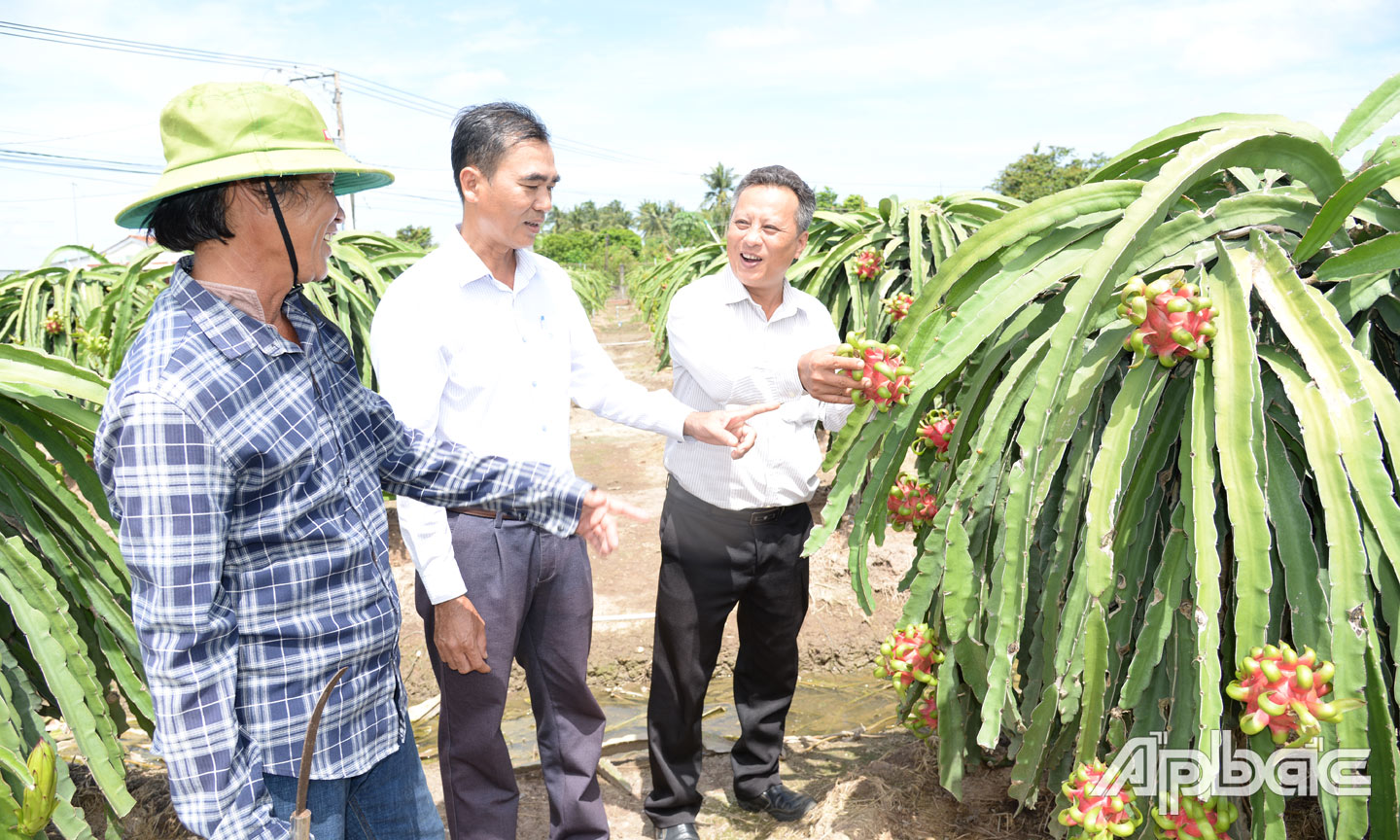
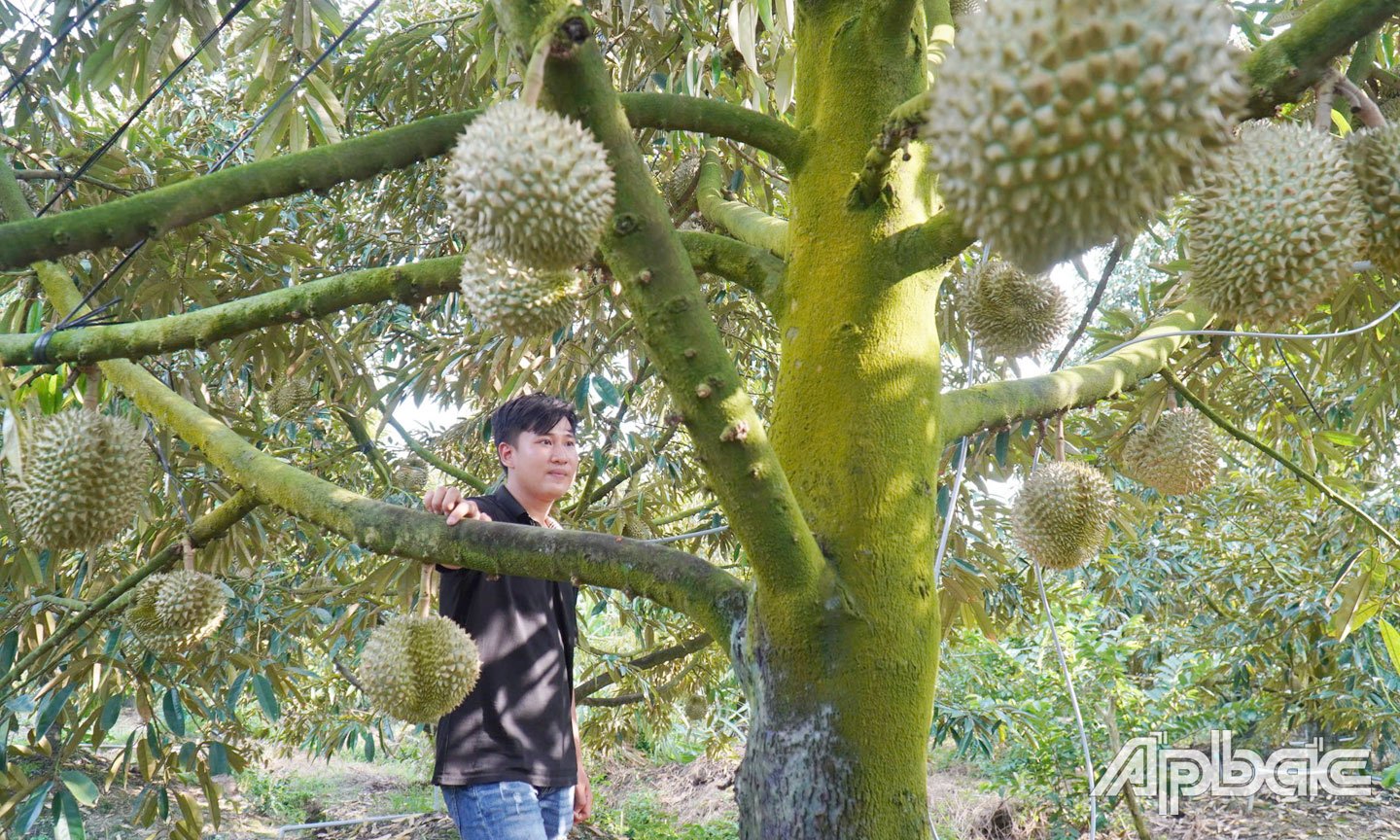






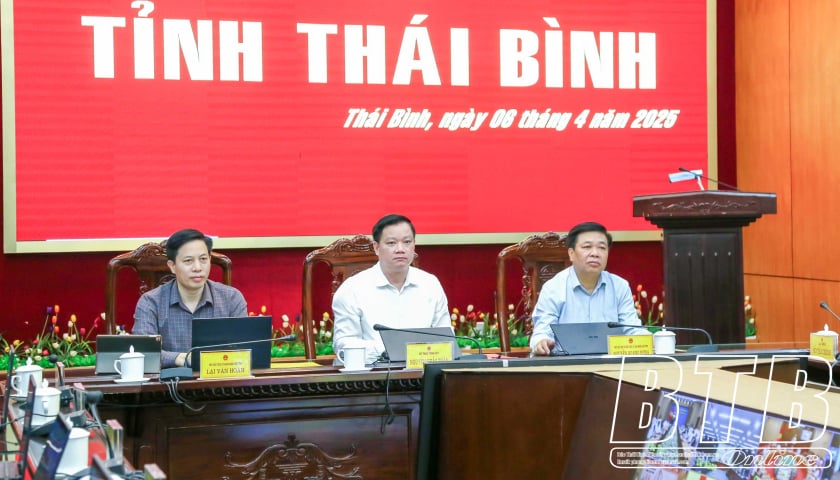

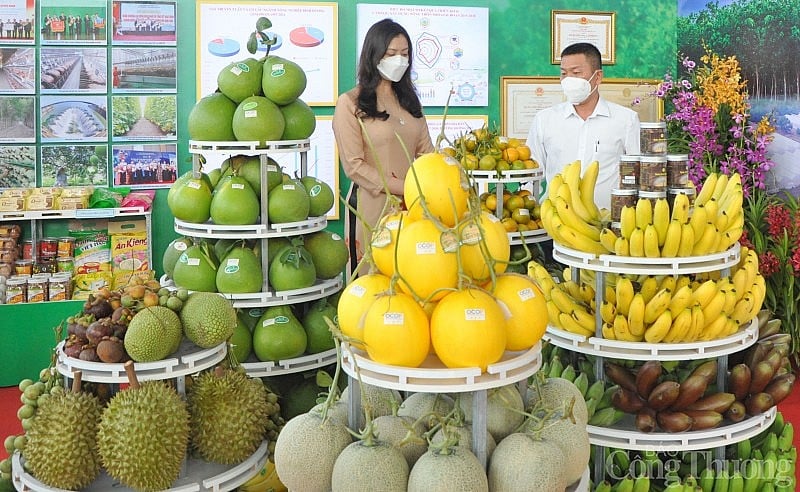
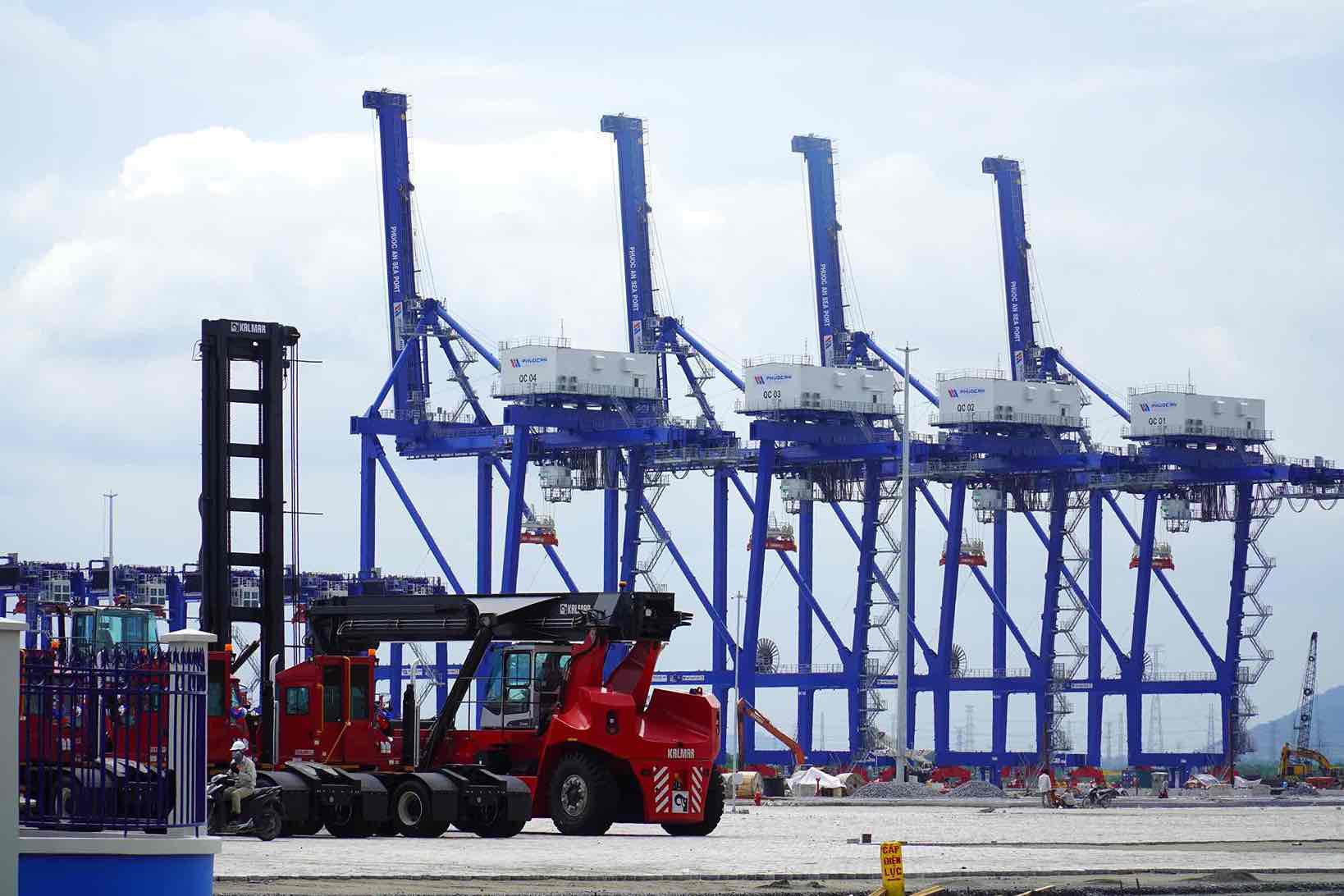
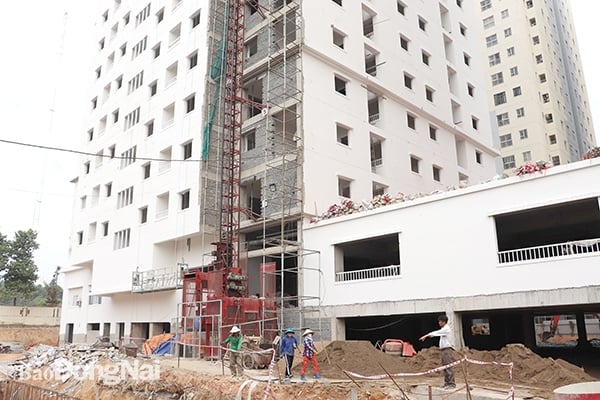
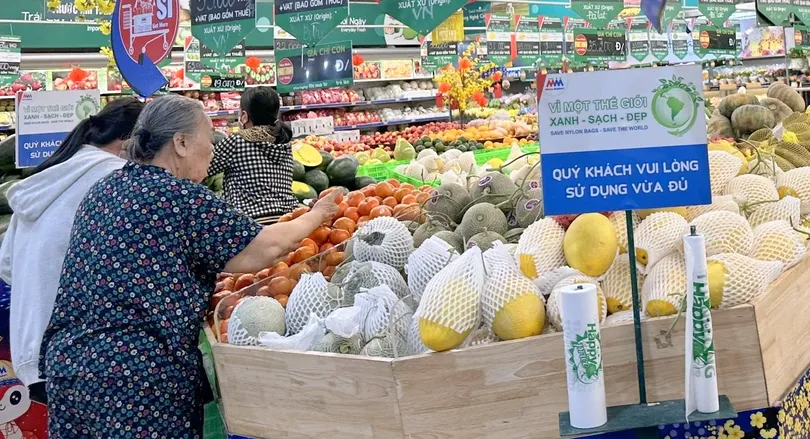




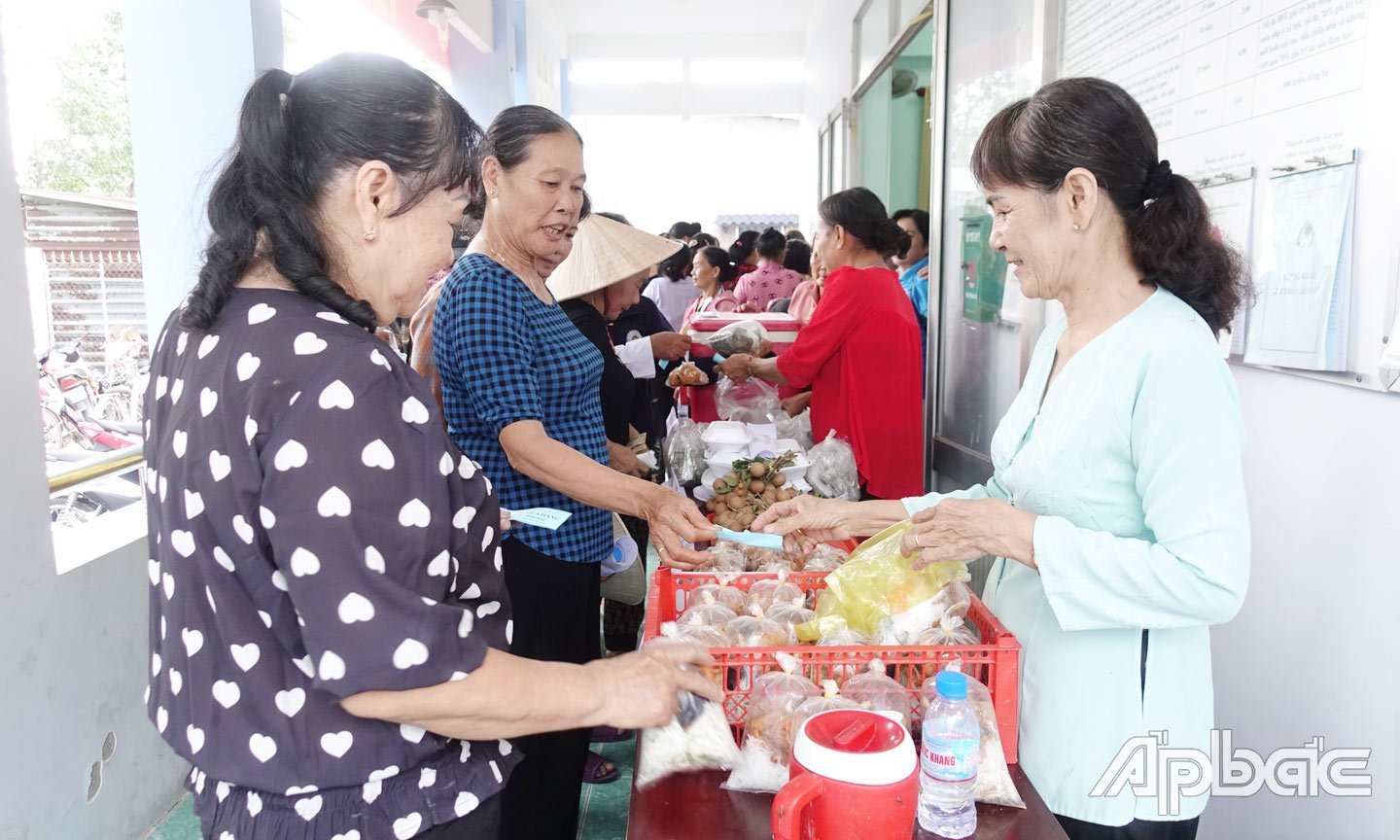
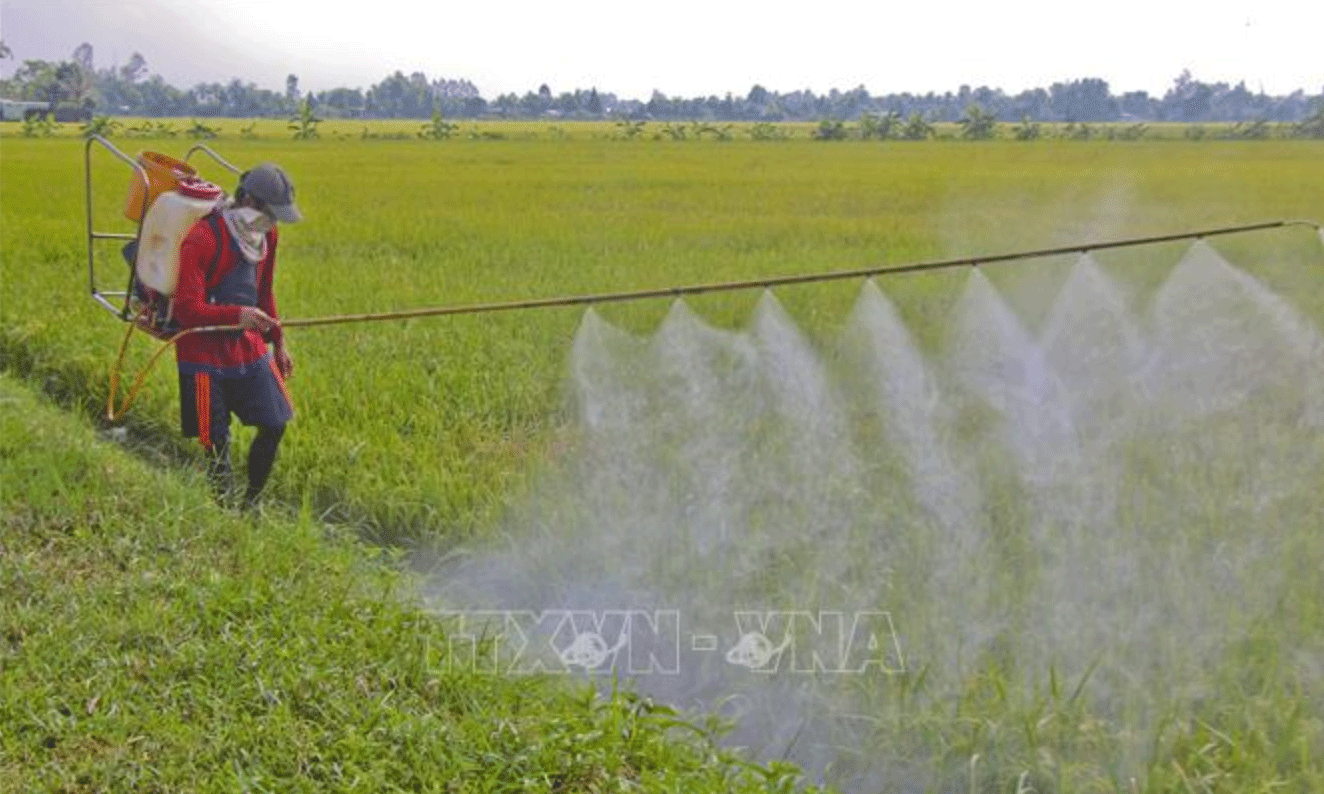

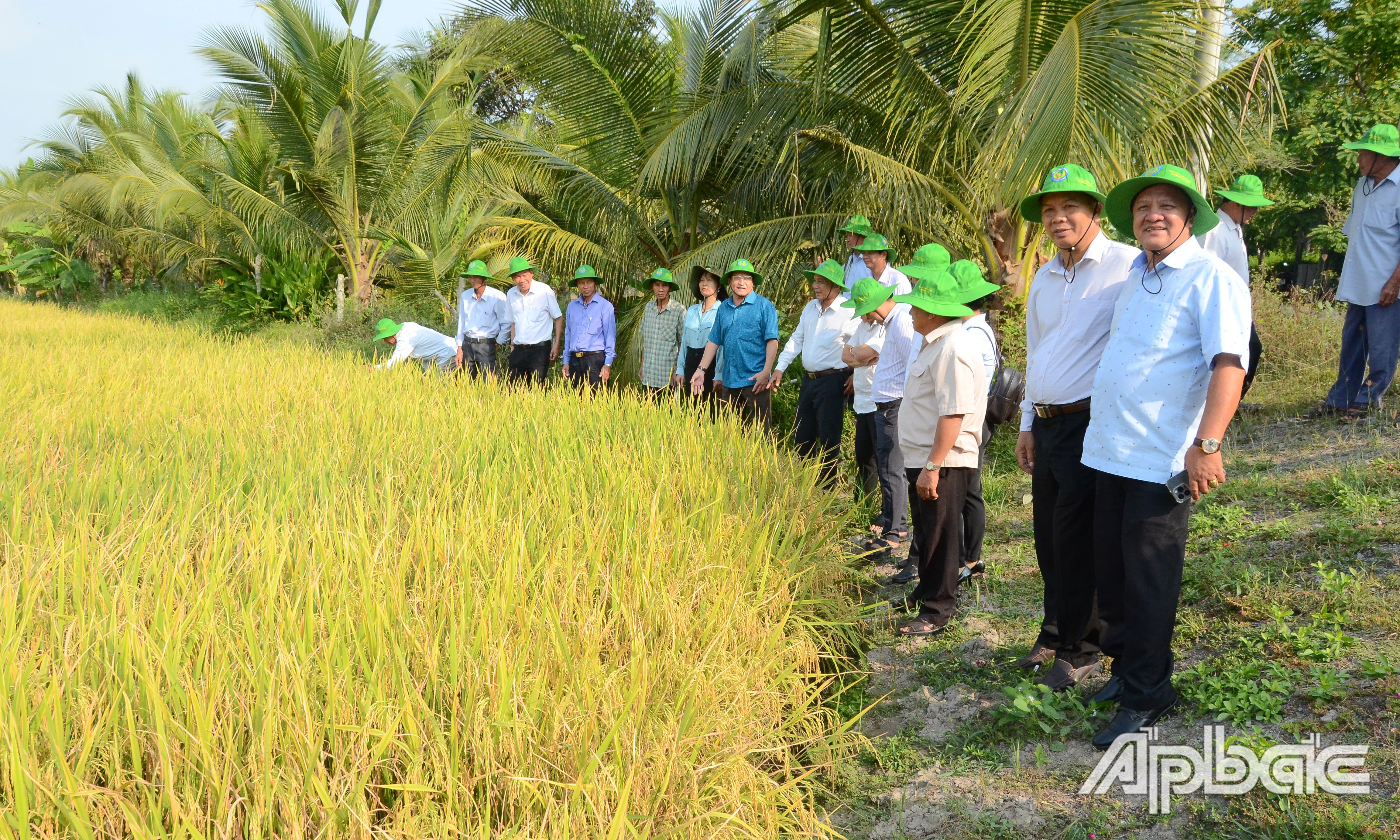

![[Photo] Visiting Cu Chi Tunnels - a heroic underground feat](https://vstatic.vietnam.vn/vietnam/resource/IMAGE/2025/4/8/06cb489403514b878768dd7262daba0b)































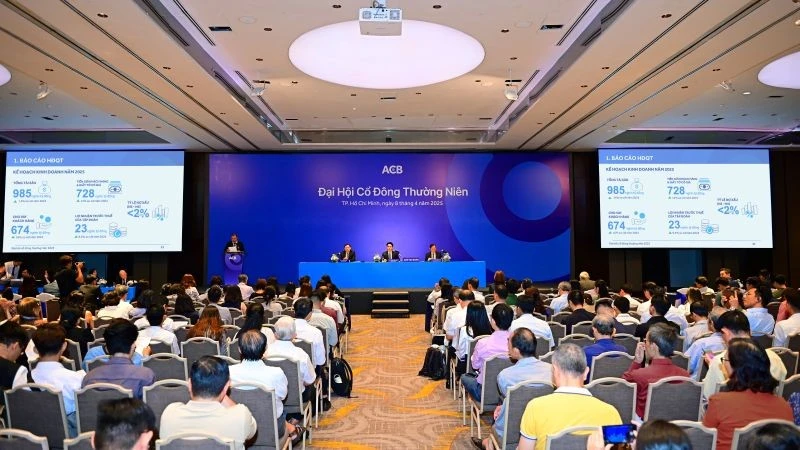















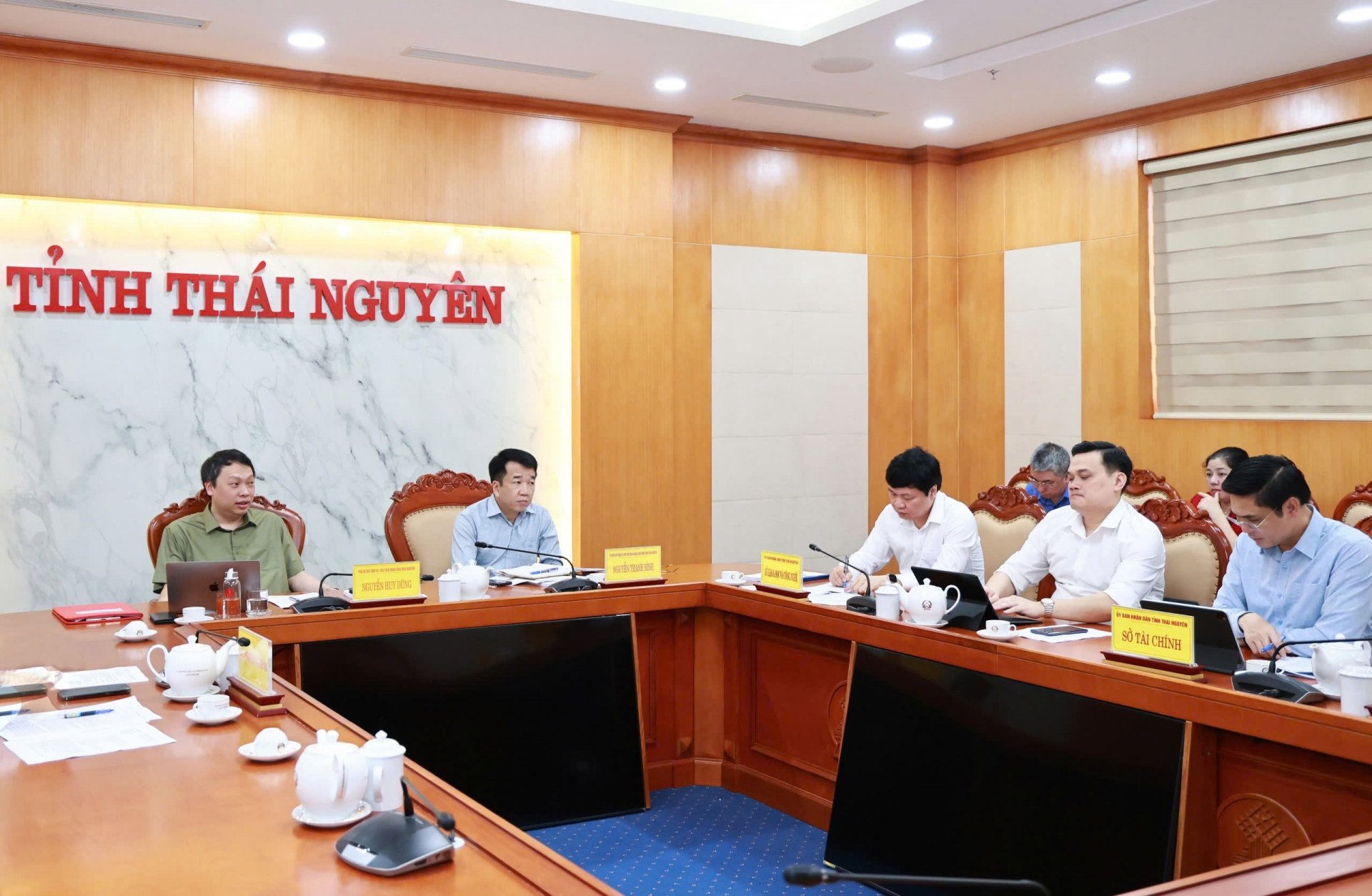
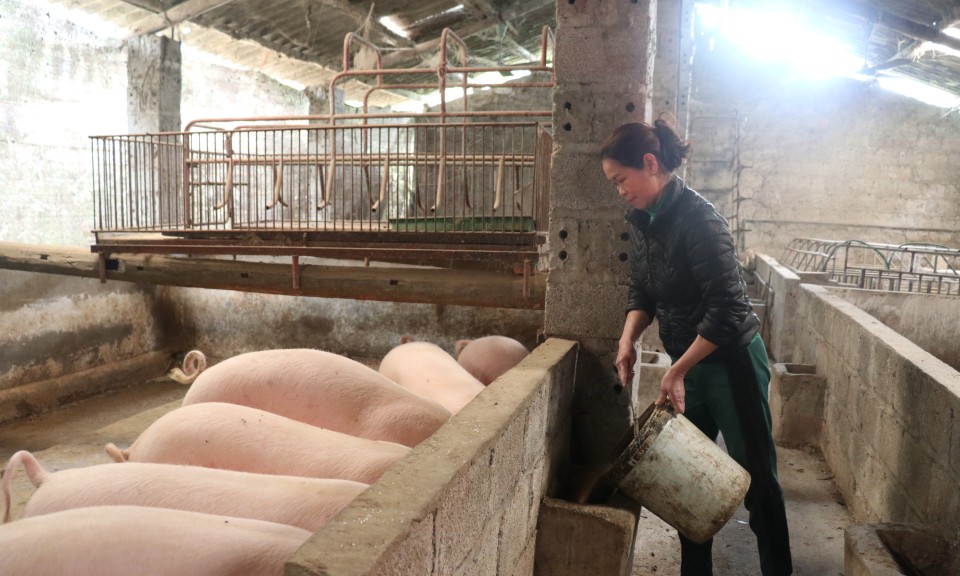
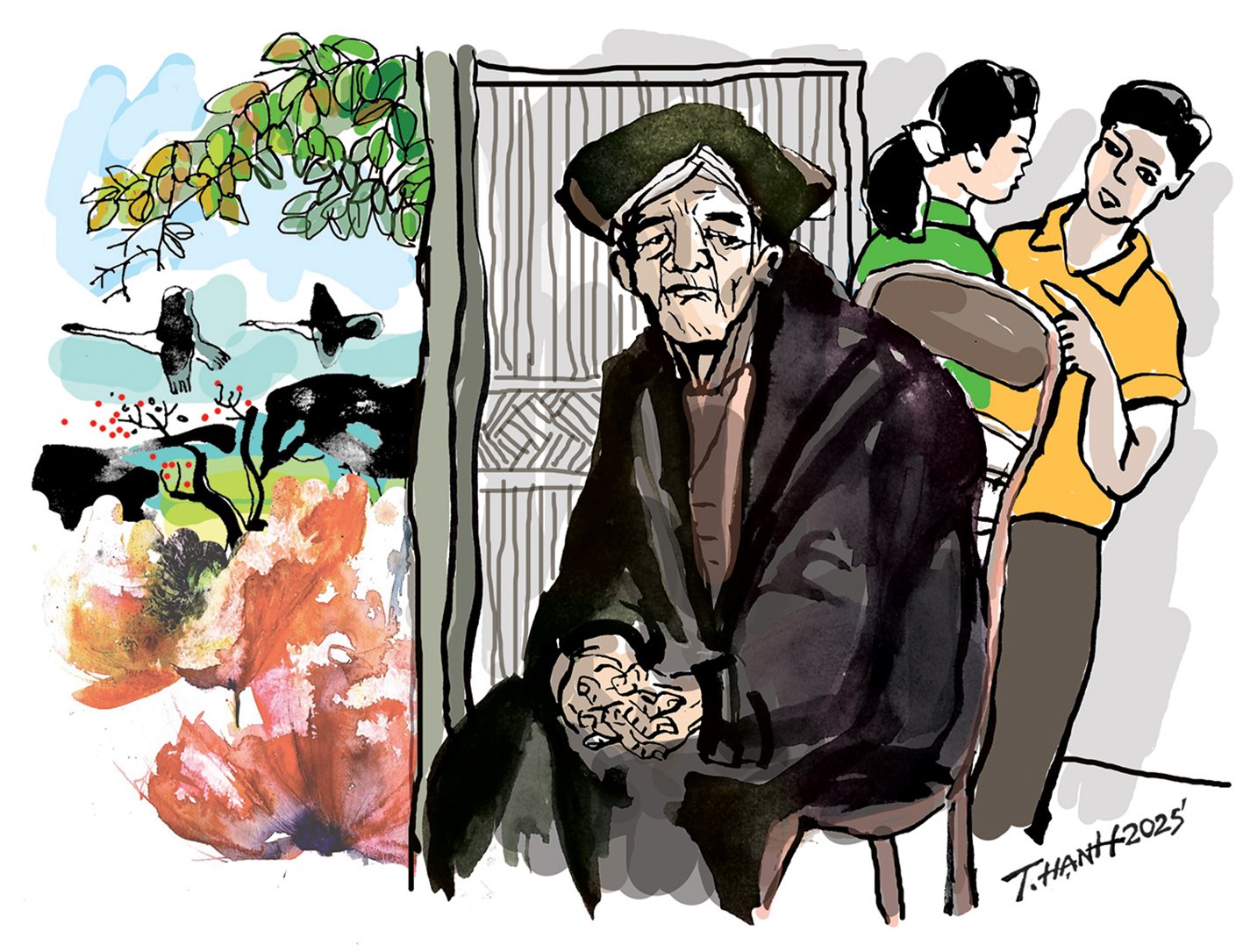
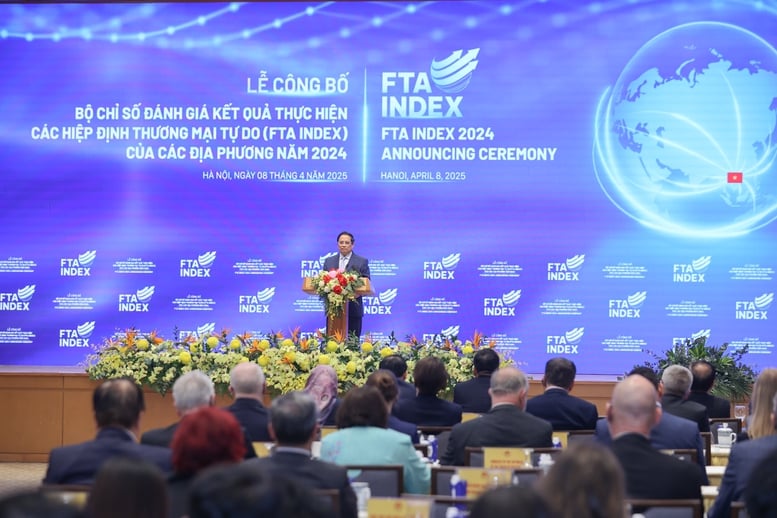

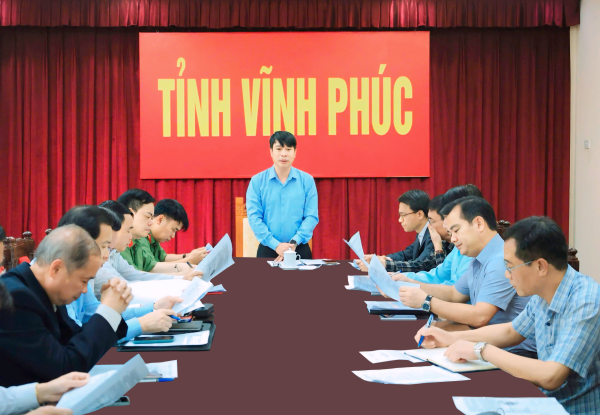










Comment (0)